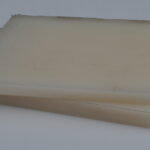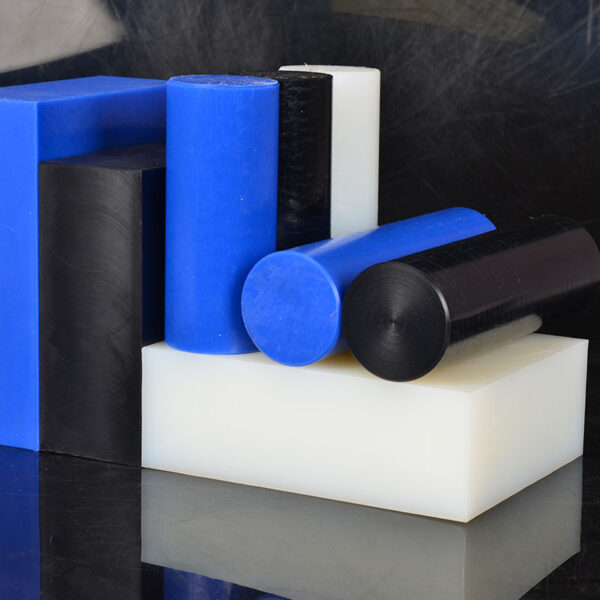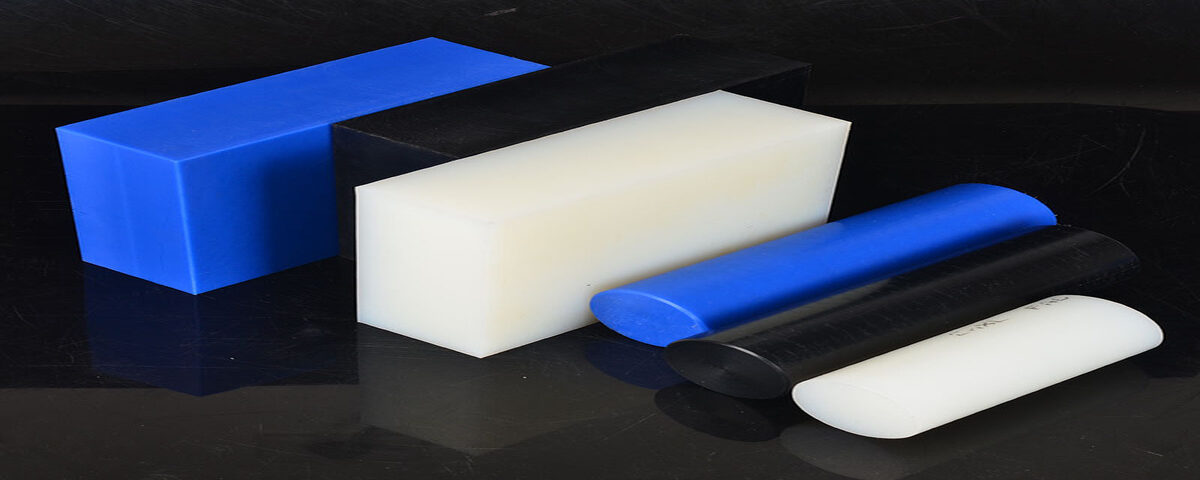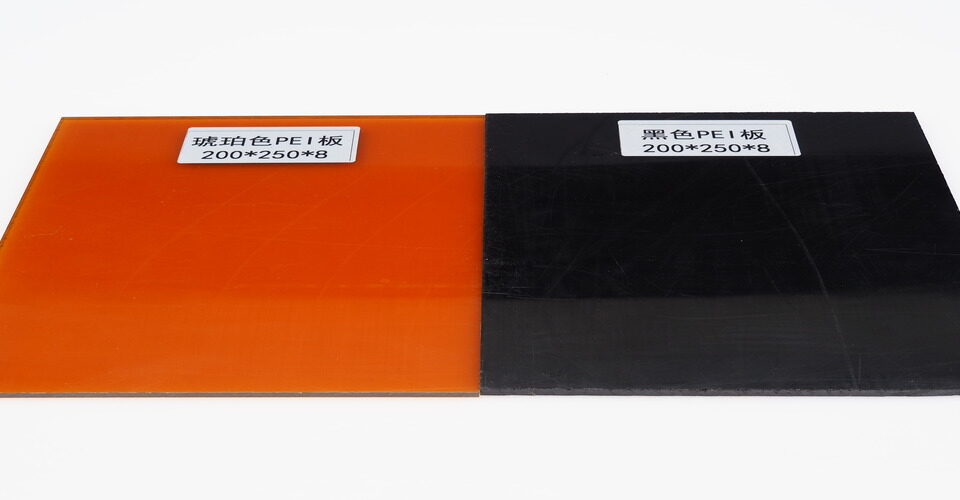
What is the Difference Between HDPE and UPE?
November 21, 2024
What is the Disadvantage of PVDF Material?
November 21, 2024Polyamide (PA) plastic, commonly known as nylon, is a synthetic polymer used in a variety of applications, including food packaging and utensils. However, concerns about its safety in contact with food have led to questions regarding its potential risks.
PA Plastic and Food Contact
PA plastic is generally considered safe for food contact, as it is FDA-approved for use in food packaging and processing equipment. Nylon is non-toxic and does not leach harmful chemicals when used within specified conditions. Its strong molecular structure makes it resistant to wear and tear, which is why it’s often used for items like cooking utensils, containers, and food storage bags.

Temperature Sensitivity
While PA plastic is food safe at room temperature and under moderate heat, it can pose risks when exposed to high temperatures. If nylon is heated to extreme temperatures, such as during microwaving or cooking, it may begin to degrade. This degradation can result in the release of potentially harmful substances, such as monomers and other chemicals, into food. As such, it’s essential to avoid using PA plastics in applications that involve high heat unless they are specifically designed for it.
BPA and Toxic Additives
PA plastic does not contain BPA (Bisphenol A), a chemical of concern found in some plastics, making it a safer alternative in food-related applications. However, some grades of nylon may contain additives that could pose health risks if released in excessive amounts.
Conclusion
PA plastic is generally food-safe when used as intended, but it’s important to follow usage guidelines and avoid subjecting it to high temperatures for extended periods. Always check product specifications for food-grade safety.






